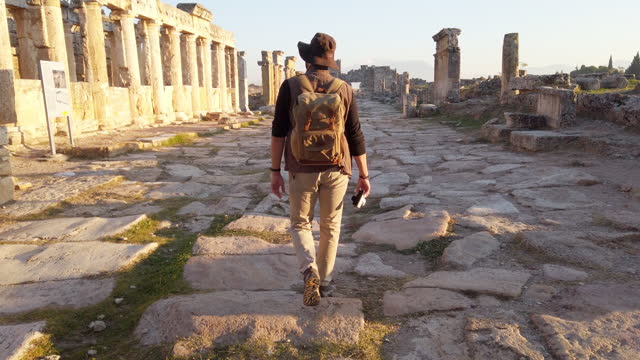How Ancient Cultures Walked
Imagine yourself transported thousands of years back. No cars, no buses, just the rhythmic crunch of earth beneath your feet. This was the daily commute for our ancestors, a constant dance with the elements. But how did their walking experience differ from ours? Join us on an incredible journey as we explore the fascinating world of ancient locomotion!
Walking Environments: A World Unshod
Forget the luxury of paved paths. Ancient civilizations traversed a natural obstacle course – think dense jungle undergrowth or scorching desert sands. This constant exposure sculpted strong, agile bodies. Imagine the strength in their ankles, the honed balance honed from navigating uneven terrain. Their walking style likely mimicked a more natural barefoot stride, a far cry from the heel-strikes common today.
Footwear and Clothing: Embracing the Elements
While some cultures did utilize footwear, it often differed greatly from our modern shoes. In ancient Egypt, people wore simple sandals made from papyrus or palm leaves. Romans employed sturdier leather sandals for better traction, while civilizations in the Americas fashioned sandals from hide or woven plant fibers.
Interestingly, many ancient cultures went barefoot for much of their daily lives, only opting for footwear for protection on long journeys or rough terrain. Clothing, particularly footwear, was often designed for comfort and practicality in diverse environments.
Walking Practices and Customs: A Different Pace of Life
Walking wasn’t just a mode of transportation for ancient peoples; it was a way of life. Daily routines often revolved around walking to markets, fields, and religious sites. This constant movement likely contributed to a higher level of physical fitness compared to modern societies. Additionally, walking held cultural significance. Pilgrimages and ritual walks were common practices, demonstrating a deeper connection between movement and spiritual well-being.
Modern Comparison: Transitioning to a More Natural Stride
The rise of modern footwear has undoubtedly altered how we walk. Today’s shoes often feature features like elevated heels and narrow toe boxes, which can lead to gait abnormalities and potential foot problems.
Thankfully, there’s a growing interest in minimalist or foot-shaped shoes. These aim to mimic the barefoot experience while offering some protection. The concept of barefoot shoes or best called is gaining traction, aiming to mimic the barefoot experience while offering some protection. The minimal padding in these shoes provides enhanced sensory feedback from the ground, boosting proprioception – your body’s innate sense of its position in space. Additionally, the wider toe box allows your toes to spread naturally, offering better grip and leading to improved balance and stability.
Foot-shaped shoes, championed by podiatrist Dr. Ray McClanahan, and a more natural walking style offer a tempting combination. However, keep in mind that our feet have adjusted to conventional shoes for generations. Transitioning to barefoot shoes takes time and adaptation. By embracing a gradual approach, listening to your body, and incorporating strengthening exercises, you can unlock the benefits of a more natural walking style and potentially improve your overall foot health.
Conclusion
By examining the walking practices of ancient cultures, we gain a valuable perspective on the importance of movement and our connection to the environment. While a complete barefoot lifestyle might not be realistic for everyone today, exploring minimalist footwear and incorporating more walking into our routines can be a step towards a healthier and more natural way of moving.
So, the next time you lace up your shoes, take a moment to appreciate the incredible journey our feet have taken us on throughout history.




